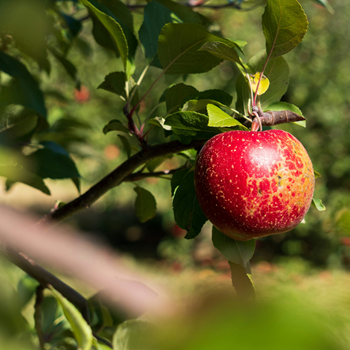As renewed EU policy discussion around biofuels kicks in to higher gear in the European Parliament and with Member States, a dominant question revolves around what kind of so-called indirect carbon emissions are produced from different biofuel feedstocks.
For at least the next decade, biofuels will be the main tool for decarbonizing transport, the only major sector in Europe where carbon emissions continue to grow substantially. However, the EU’s biofuel policy is under heavy review because of the fear the policy is creating indirect effects, such as impacts to food prices and indirect greenhouse gas emissions; those effects fall under the clunky term known as Indirect Land Use Change, or ILUC.
In its recent policy proposal to amend key EU biofuels-related legislation, the European Commission tries to address the indirect effects’ issue, in part, by estimating indirect carbon emissions that can occur in the production of agricultural feedstocks used to create first-generation bioethanol and biodiesel. (Although there are various potential indirect effects from biofuels, the Commission, for a variety of reasons, has focused its proposal around indirect carbon emissions.)
The Commission’s proposal gives ethanol feedstocks, like sugar and cereals, a more favorable assessment relative to biodiesel feedstocks on the issue of indirect carbon emissions (“ILUC factors”) for different reasons, including the lack of deforestation associated with ethanol feedstocks.
Unlike biodiesel feedstocks made from vegetable oils such as rapeseed and soy, ethanol feedstocks like sugar beet and sugarcane are given comparatively low indirect carbon emission values in the proposal; thus, these feedstocks would still theoretically comply with the tougher standards and thresholds the Commission has proposed, for the time being.
But that doesn’t mean ethanol feedstocks would still necessarily meet those tougher standards in the years ahead, the European Commission said Wednesday. “One shouldn’t feel confident that if you’re low-ILUC today that you will be low-ILUC tomorrow” by European Union standards, said a DG Energy policy official well-schooled in the intricacies of ILUC, speaking at an industry conference under Chatham House rules on Wednesday in Brussels.
The complex, assumption-based analyses of potential indirect effects of biofuels, known as ILUC research, will become more refined and improved and could find ethanol feedstocks actually have higher indirect emissions than what the Commission currently estimates, the official said. Having only started back in 2007, ILUC research is a child, as it has been said, compared to say climate change science, which goes back many decades and is empirical and measurable, unlike ILUC modeling.
In its proposal, the Commission doesn’t yet propose making indirect emissions a mandatory reporting requirement for operators.
But the prospect of ever-changing ILUC factor values as new EU policy reviews are done is a big industry concern that we’re likely to hear more of the months ahead.
Spencer Swartz
1
Find Out More
-
Generative AI is changing the search game
May 8, 2025
-
The challenges facing Europe and European leaders at Davos 2025
January 24, 2025



February 07, 2013 | 12:11 PM
[...] especially acronyms, litter the Eurobubble. Though Spencer was referring to the wonderful world of ILUC, the case is no different when it comes to air [...]